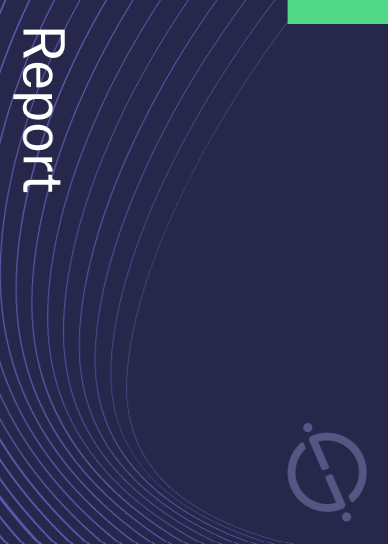Grunenthal has filed a patent for a method of treating neuropathic conditions, particularly peripheral neuropathic pain. The method involves applying high-concentration capsaicin and/or capsaicinoid topical dose units to the skin of the patient in multiple applications, with shorter time periods between each application to increase the responder rate. The concentration of capsaicin and/or capsaicinoid in the dose units is at least 2.5 wt.-%. GlobalData’s report on Grunenthal gives a 360-degree view of the company including its patenting strategy. Buy the report here.

Discover B2B Marketing That Performs
Combine business intelligence and editorial excellence to reach engaged professionals across 36 leading media platforms.
According to GlobalData’s company profile on Grunenthal, Human telomerase RT biomarker was a key innovation area identified from patents. Grunenthal's grant share as of September 2023 was 48%. Grant share is based on the ratio of number of grants to total number of patents.
A recently filed patent (Publication Number: US20230310351A1) describes a method for treating neuropathic conditions using high-concentration capsaicin and/or capsaicinoid topical dose units. The method involves topically administering these dose units to the patient's skin for specific application periods and subsequently removing them.
The patent claims that the concentration of capsaicin and/or capsaicinoid in the dose units should be at least 2.5 wt.-%, relative to the total weight of the dose unit. Additionally, it suggests that higher concentrations of at least 5 wt.-% or 8 wt.-% may be used.
The method involves applying the dose units to the patient's skin for a first application period, followed by subsequent application periods at specific intervals. The patent provides a range of values for these intervals, with W and X independently being an integer within the range of 60 to 109.
The method aims to increase the responder rate in the treatment of neuropathic conditions. It is specifically designed for patients who did not experience pain relief of at least 30% versus baseline with previous topical administration of capsaicin and/or capsaicinoid.
The dose units used in the method are described as high-concentration capsaicin and/or capsaicinoid pharmaceutical patches. These patches consist of a backing layer, an adhesive layer, and a release liner. The concentration of capsaicin and/or capsaicinoid in the patches is at least 6.0 wt.-%, with higher concentrations of 8.0 wt.-% or more also being mentioned.
The method is intended for the relief of neuropathic pain, particularly peripheral neuropathic pain. It can be used for various types of neuropathic pain, including painful diabetic neuropathy, postherpetic neuralgia, chemotherapy-induced neuropathic pain, HIV-associated neuropathy, small-fiber neuropathy, chronic idiopathic axonal polyneuropathy, post-traumatic neuropathic pain, and post-surgical neuropathic pain.
In addition to pain relief, the method also aims to regenerate and/or restore sensory nerve fibers.
Overall, this patent describes a method for treating neuropathic conditions using high-concentration capsaicin and/or capsaicinoid topical dose units. The method involves specific application periods and is intended for patients who did not experience sufficient pain relief with previous topical administration of capsaicin and/or capsaicinoid.
To know more about GlobalData’s detailed insights on Grunenthal, buy the report here.
Data Insights
From

The gold standard of business intelligence.
Blending expert knowledge with cutting-edge technology, GlobalData’s unrivalled proprietary data will enable you to decode what’s happening in your market. You can make better informed decisions and gain a future-proof advantage over your competitors.




